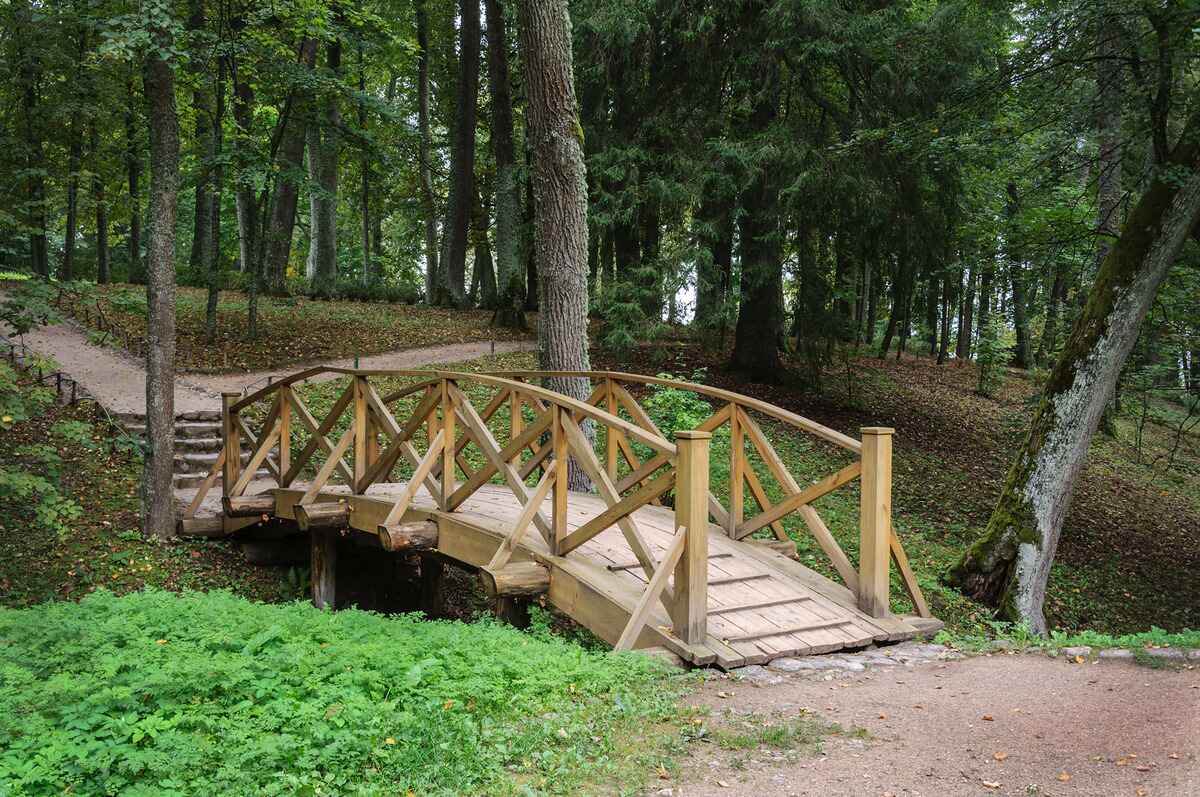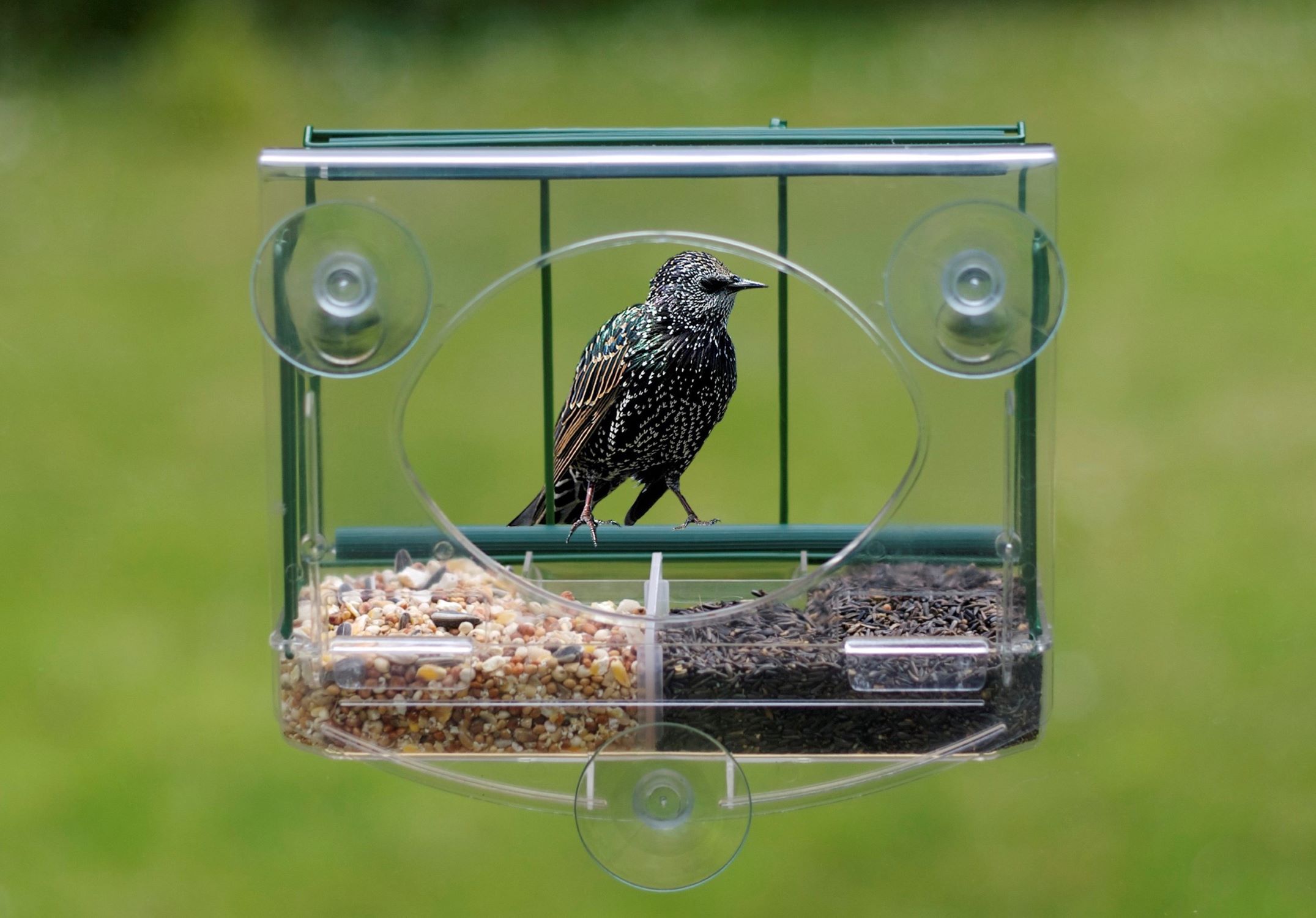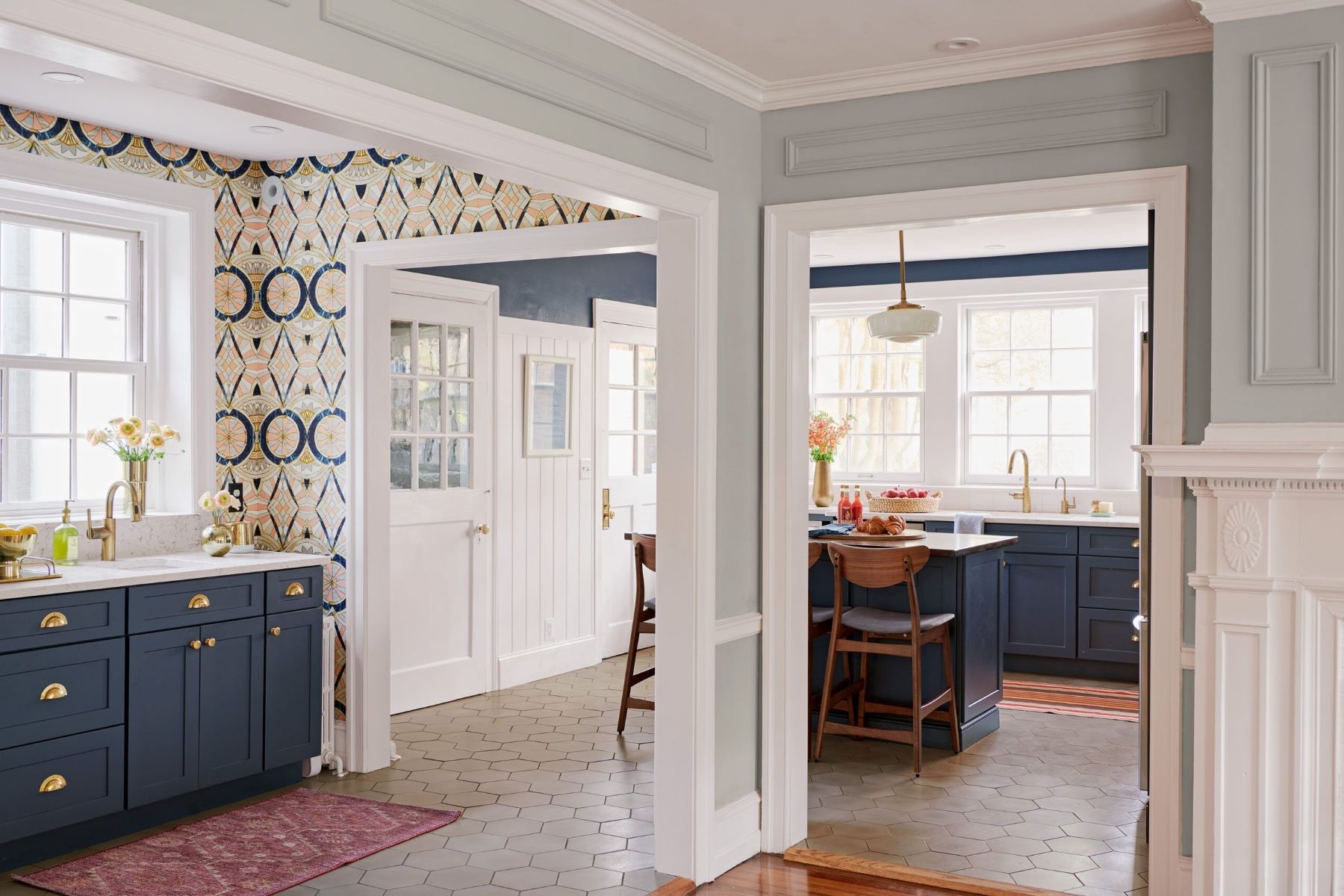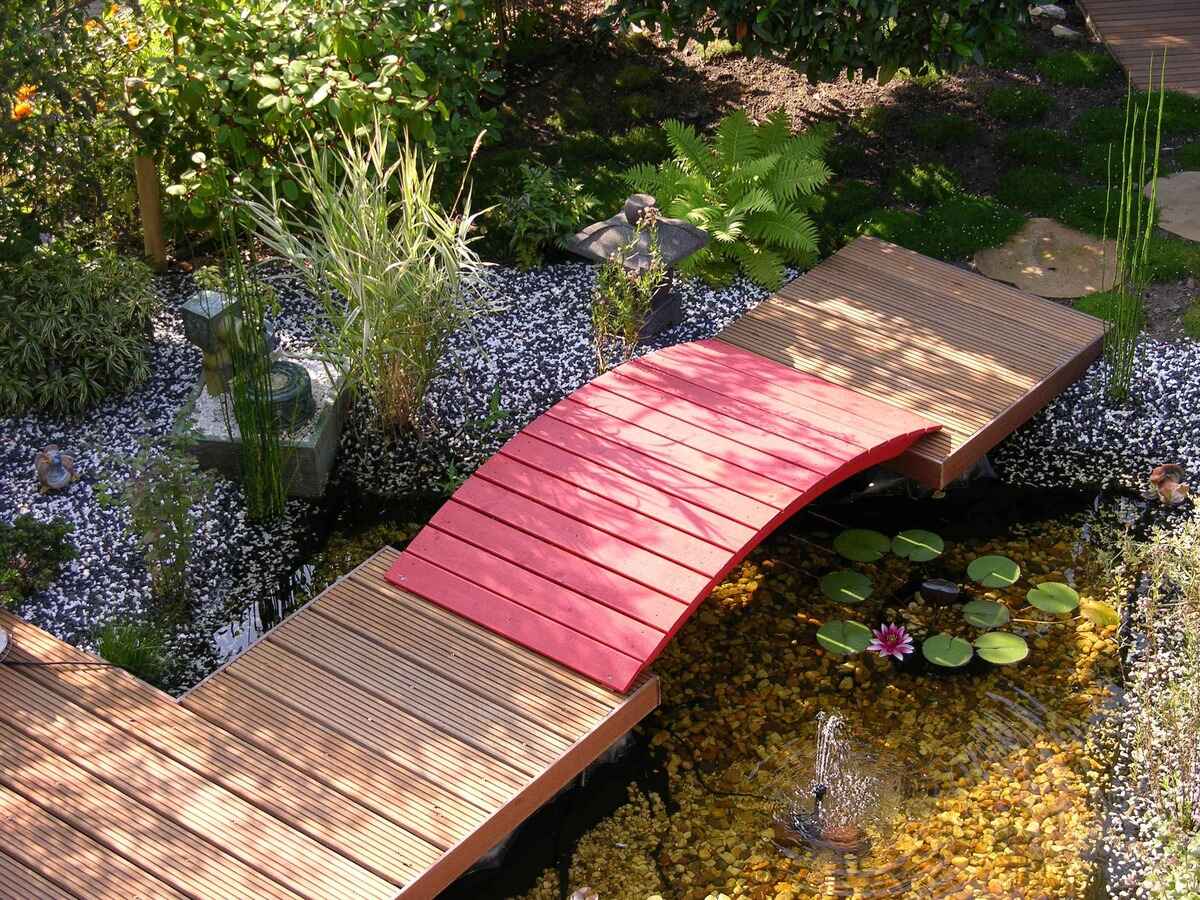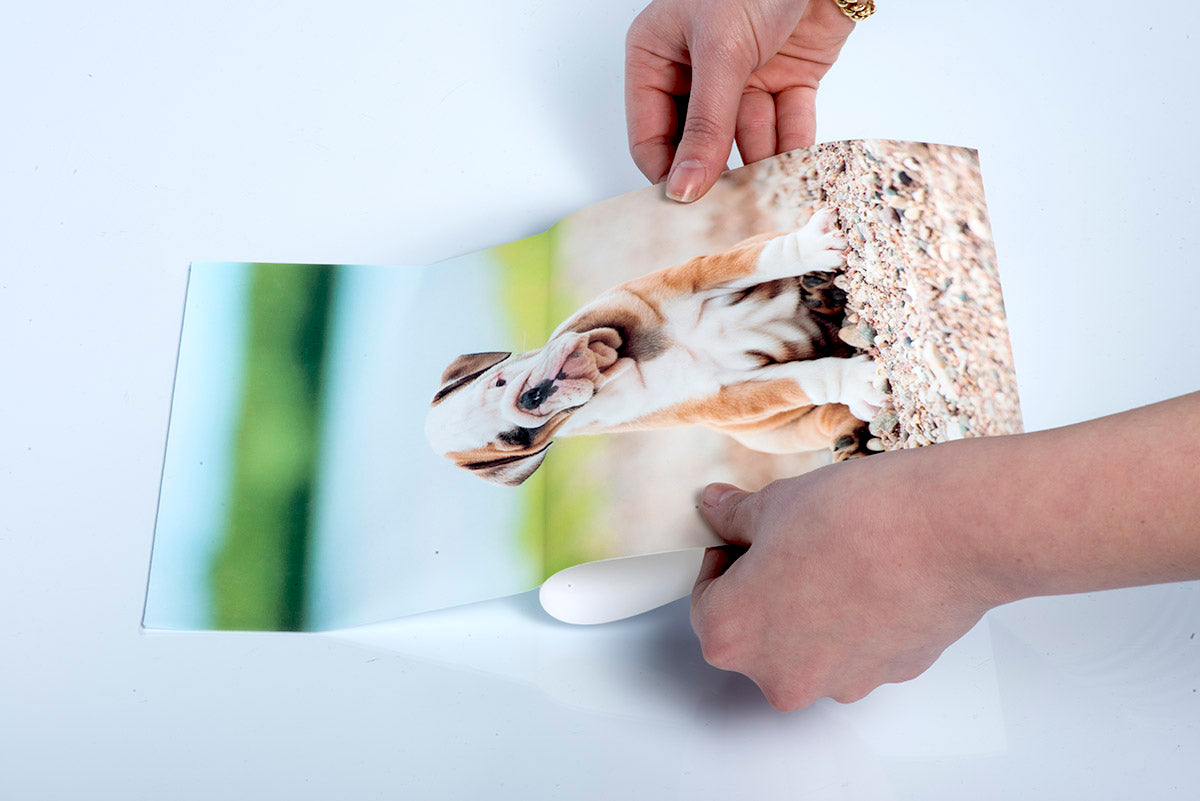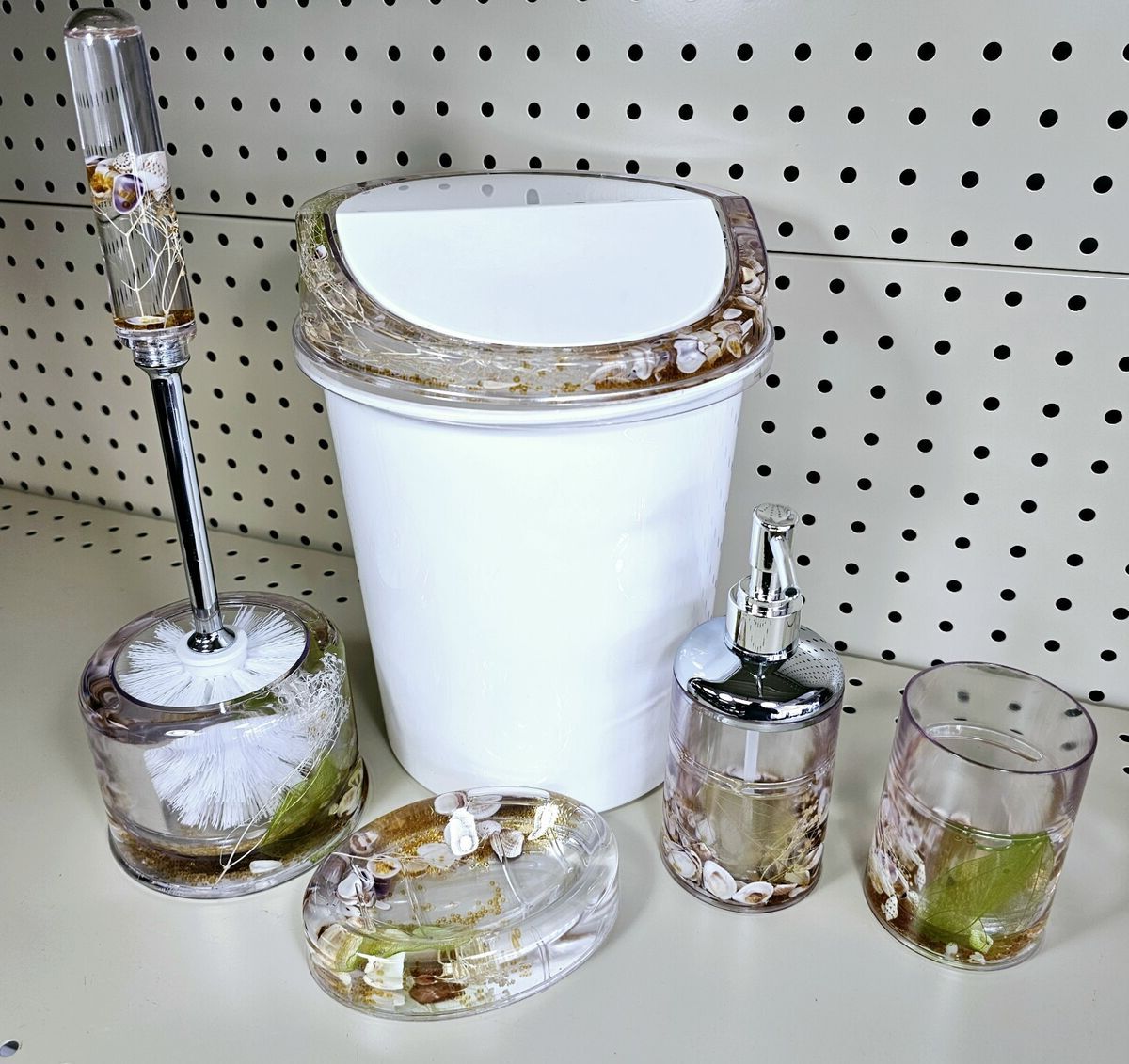Home>Create & Decorate>DIY & Crafts>Popsicle Stick Bridge: A DIY Craft Project
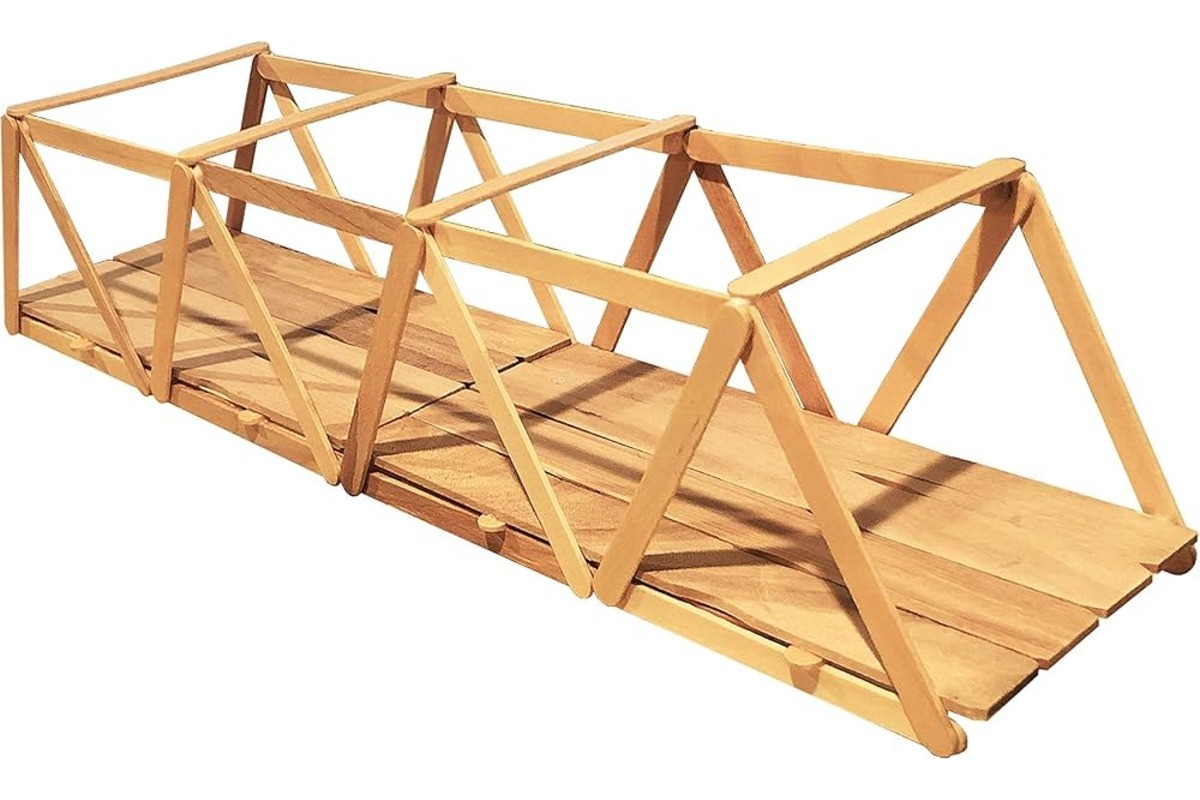

DIY & Crafts
Popsicle Stick Bridge: A DIY Craft Project
Published: February 29, 2024

Senior Editor in Create & Decorate, Kathryn combines traditional craftsmanship with contemporary trends. Her background in textile design and commitment to sustainable crafts inspire both content and community.
Discover how to create a Popsicle stick bridge with this fun and easy DIY craft project. Get step-by-step instructions and unleash your creativity today! Ideal for DIY & Crafts enthusiasts.
(Many of the links in this article redirect to a specific reviewed product. Your purchase of these products through affiliate links helps to generate commission for Twigandthistle.com, at no extra cost. Learn more)
Introduction
Building a popsicle stick bridge is a fascinating DIY craft project that combines creativity, engineering, and fun. Whether you're a student working on a school project or a hobbyist seeking an engaging challenge, constructing a popsicle stick bridge can be an immensely rewarding endeavor. This hands-on activity not only allows you to unleash your imagination but also provides an opportunity to learn about structural design and the principles of engineering in an enjoyable and interactive way.
The process of creating a popsicle stick bridge involves careful planning, precise assembly, and the thrill of testing its strength. As you embark on this project, you'll delve into the world of bridge construction, gaining valuable insights into how real-life bridges are engineered and built. From selecting the materials to executing the design, every step of the process offers a chance to exercise your problem-solving skills and unleash your artistic flair.
Moreover, the popsicle stick bridge project is an excellent way to explore the concept of load-bearing structures and witness firsthand how different elements come together to form a sturdy and functional bridge. By experimenting with various designs and techniques, you'll not only enhance your understanding of physics and mechanics but also develop a keen eye for detail and precision.
In this comprehensive guide, we will walk you through the step-by-step process of creating a popsicle stick bridge, from the initial planning and design phase to the exciting moment of testing its durability. With the right materials, a dash of creativity, and a willingness to embrace the challenges along the way, you'll soon find yourself immersed in a captivating journey of craftsmanship and discovery. So, gather your popsicle sticks, roll up your sleeves, and let's embark on this captivating DIY adventure together!
Read more: How To Make A Catapult With Popsicle Sticks
Materials Needed
To embark on the exciting journey of building a popsicle stick bridge, you'll need a range of materials to bring your vision to life. Here's a comprehensive list of the essential items required for this engaging DIY craft project:
Popsicle Sticks
The foundation of your bridge will be built using popsicle sticks, so it's crucial to have an ample supply on hand. These versatile sticks will form the framework of the bridge, providing the structural support needed to withstand the weight and stress placed upon it.
Glue
A reliable adhesive is essential for securing the popsicle sticks together. Opt for a strong, quick-drying glue that bonds well with wood. This will ensure that your bridge remains sturdy and durable once assembled.
Ruler and Pencil
Accurate measurements and precise markings are key to creating a well-structured bridge. A ruler and pencil will enable you to plan and outline the design, ensuring that each component fits together seamlessly.
Craft Knife or Scissors
For cutting and shaping the popsicle sticks to the required dimensions, a craft knife or a pair of scissors will be indispensable. These tools will allow you to customize the sticks according to your design, ensuring a perfect fit for each section of the bridge.
Cardboard or Foam Board
A sturdy base is essential for constructing the bridge. Using cardboard or foam board as the foundation will provide stability and support during the assembly process, allowing you to work on a flat and secure surface.
Optional Decorative Elements
If you wish to add a creative touch to your bridge, consider incorporating decorative elements such as paint, markers, or small embellishments. These can be used to personalize the bridge and add visual appeal to the finished project.
By gathering these materials, you'll be well-equipped to begin the exhilarating process of building your very own popsicle stick bridge. With these essential items at your disposal, you can look forward to unleashing your creativity and craftsmanship as you bring your bridge design to fruition.
Step 1: Planning and Design
The initial phase of creating a popsicle stick bridge involves meticulous planning and thoughtful design. This step sets the foundation for the entire project, guiding the structural layout and aesthetic elements of the bridge. Here's a detailed overview of the essential considerations and actions involved in the planning and design stage:
Research and Inspiration
Before diving into the design process, it's beneficial to gather inspiration from existing bridge structures. Whether it's through online research, books, or real-life observations, studying different bridge designs can provide valuable insights into the principles of engineering and architectural aesthetics. By examining various bridge types, such as truss, beam, or suspension bridges, you can gain a deeper understanding of how different components contribute to overall strength and stability.
Conceptualization
With a wealth of inspiration at your disposal, it's time to conceptualize your popsicle stick bridge design. Consider the span length, load-bearing capacity, and overall visual appeal you aim to achieve. Sketching out rough drafts or creating digital renderings can help visualize the bridge's form and structure. During this phase, you'll have the opportunity to experiment with different design elements, such as arches, trusses, or support beams, to determine the most suitable configuration for your bridge.
Structural Analysis
Once the initial design concept takes shape, it's crucial to conduct a basic structural analysis. Consider the forces that will act upon the bridge, such as tension, compression, and torsion. This analysis will guide the selection of appropriate support structures and materials to ensure the bridge can withstand the anticipated loads. By evaluating the potential stress points and weight distribution, you can refine the design to enhance its strength and stability.
Material Selection
As you finalize the design, consider the type and quantity of popsicle sticks needed for the project. Assess the dimensions and strength of the sticks to ensure they align with the structural requirements of the bridge. Additionally, choose the appropriate adhesive based on the type of wood used in the popsicle sticks. The material selection process is crucial in ensuring that the bridge components are well-suited for the intended design and load-bearing capacity.
Read more: How to Install Peel and Stick Flooring
Iterative Refinement
The planning and design phase often involves iterative refinement, where the initial concept undergoes multiple revisions to optimize the bridge's form and function. Embrace this iterative process as an opportunity to fine-tune the design, address potential weaknesses, and enhance the overall aesthetic appeal. By seeking feedback from peers or mentors, you can gain valuable perspectives that contribute to the continuous improvement of your bridge design.
By meticulously navigating through the planning and design phase, you'll lay a solid groundwork for the subsequent construction stages. This thoughtful approach sets the stage for a successful and visually captivating popsicle stick bridge, ensuring that every component serves a purpose in achieving a harmonious balance of form and function.
Step 2: Building the Base
The construction of a sturdy and reliable base is a critical step in the creation of a popsicle stick bridge. The base serves as the foundation upon which the entire structure rests, providing stability and support for the subsequent assembly phases. Here's a detailed walkthrough of the essential tasks involved in building the base of your popsicle stick bridge:
-
Preparation of Base Material: Begin by selecting a suitable material for the base, such as a sturdy piece of cardboard or foam board. The chosen material should be large enough to accommodate the desired span of the bridge and provide ample surface area for attaching the support structures.
-
Marking the Support Locations: Using a ruler and pencil, carefully mark the locations where the support beams will be attached to the base. These markings will serve as reference points for positioning the support structures, ensuring uniformity and precision in the assembly process.
-
Gluing the Base Support: Apply a generous amount of glue along the marked locations on the base material. Position the support beams according to the designated markings, pressing them firmly into the glue to ensure a secure bond. The support beams form the primary load-bearing elements of the base, contributing to the overall strength and stability of the bridge.
-
Securing the Support Beams: Once the support beams are in place, reinforce their attachment by applying additional glue along the edges where they meet the base. This extra layer of adhesive helps fortify the connection, minimizing the risk of detachment during the subsequent construction phases.
-
Allowing for Drying Time: After securing the support beams, allow sufficient time for the glue to dry and cure. This crucial step ensures that the base structure sets firmly, providing a solid foundation for the remaining components of the bridge.
By meticulously following these steps, you'll establish a robust and well-anchored base for your popsicle stick bridge. The careful attention to detail in building the base sets the stage for the seamless integration of the support beams and roadway, laying the groundwork for a structurally sound and visually captivating bridge structure.
Step 3: Adding Support Beams
With the solid foundation of the base in place, the next crucial step in constructing a popsicle stick bridge involves adding the support beams. These beams play a pivotal role in distributing the load and reinforcing the structural integrity of the bridge. Here's a detailed walkthrough of the essential tasks involved in adding support beams to your popsicle stick bridge:
-
Selection of Support Beam Configuration: Before proceeding with the attachment of support beams, consider the most suitable configuration for your bridge design. Whether it's a truss, beam, or arch structure, the chosen configuration should align with the overall aesthetic and load-bearing requirements of the bridge.
-
Preparation of Support Beam Components: Begin by preparing the popsicle sticks that will form the support beams. Depending on the chosen configuration, cut and shape the sticks to the required dimensions, ensuring uniformity and precision in their size and alignment.
-
Positioning and Alignment: Using a ruler and pencil, mark the precise locations on the base where the support beams will be attached. These markings serve as guidelines for positioning the support beam components, ensuring consistent spacing and alignment across the bridge structure.
-
Gluing the Support Beams: Apply a liberal amount of glue along the marked locations on the base, then carefully position the support beam components onto the adhesive. Press each component firmly to ensure a secure bond with the base, paying close attention to the alignment and vertical orientation of the beams.
-
Reinforcement and Stability: Once the support beams are in place, reinforce their attachment by applying additional glue along the edges where they meet the base and other intersecting beams. This reinforcement enhances the stability and load-bearing capacity of the support beam network, contributing to the overall strength of the bridge structure.
-
Allowing for Adhesive Curing: After securing the support beams, allow ample time for the glue to dry and cure. This crucial step ensures that the support beams form a robust and cohesive framework, capable of withstanding the anticipated loads and stresses placed upon the bridge.
By meticulously following these steps, you'll establish a well-structured network of support beams, laying the groundwork for the subsequent attachment of the roadway and the final testing phase. The addition of support beams not only enhances the structural integrity of the bridge but also contributes to its visual appeal, creating a captivating framework that embodies the artistry and engineering prowess of the popsicle stick bridge project.
Step 4: Attaching the Roadway
The process of attaching the roadway to a popsicle stick bridge marks a pivotal stage in the construction journey, where the structural elements seamlessly come together to form a cohesive and functional bridge. This step involves the careful assembly of the roadway, which serves as the surface for traversing the bridge and plays a crucial role in distributing the load across the support framework. Here's a detailed exploration of the essential tasks involved in attaching the roadway to your popsicle stick bridge:
-
Preparation of Roadway Components: Begin by preparing the popsicle sticks that will form the roadway. Depending on the desired width and length of the bridge, cut and arrange the sticks to create a sturdy and uniform surface. This preparation phase ensures that the roadway components are ready for seamless integration into the bridge structure.
-
Positioning and Alignment: Using a ruler and pencil, mark the precise locations on the support beams where the roadway components will be attached. These markings serve as guidelines for positioning the roadway, ensuring that it aligns with the support framework and spans the designated distance without compromising structural integrity.
-
Gluing the Roadway Components: Apply a generous amount of glue along the designated locations on the support beams, then carefully position the roadway components onto the adhesive. Press each component firmly to ensure a secure bond with the support beams, paying close attention to the alignment and spacing of the roadway elements.
-
Reinforcement and Stability: Once the roadway components are in place, reinforce their attachment by applying additional glue along the edges where they meet the support beams. This reinforcement enhances the stability and load-bearing capacity of the roadway, ensuring that it forms a durable and reliable surface for traversing the bridge.
-
Allowing for Adhesive Curing: After securing the roadway components, allow sufficient time for the glue to dry and cure. This critical step ensures that the roadway integrates seamlessly with the support framework, forming a unified and robust bridge structure capable of withstanding the anticipated loads and stresses.
By meticulously following these steps, you'll achieve the successful integration of the roadway into the popsicle stick bridge, culminating in the realization of a visually captivating and structurally sound creation. The attached roadway not only enhances the functionality of the bridge but also serves as a testament to the meticulous craftsmanship and engineering ingenuity inherent in the popsicle stick bridge project.
Step 5: Testing and Adjusting
The culmination of the popsicle stick bridge construction journey involves the exhilarating phase of testing and adjusting the bridge to evaluate its strength, durability, and overall performance. This pivotal step not only validates the structural integrity of the bridge but also presents an opportunity to fine-tune its design and address any potential areas of improvement. Here's a comprehensive exploration of the essential tasks involved in the testing and adjustment phase of your popsicle stick bridge project:
Load Testing
Begin the testing phase by carefully applying incremental loads to the bridge, simulating the weight and stress it would encounter in real-world scenarios. This can be achieved by gradually adding small weights or objects to the center of the bridge, monitoring its response to the applied load. By observing the deflection and stability of the bridge under increasing loads, you can assess its capacity to withstand pressure and identify any areas of structural weakness.
Stress Analysis
As the bridge undergoes load testing, pay close attention to the distribution of stress across the support beams and roadway components. Observe how the popsicle sticks and adhesive joints respond to the applied loads, noting any signs of strain or deformation. This stress analysis provides valuable insights into the performance of the bridge under different load conditions, guiding the identification of potential areas for reinforcement or adjustment.
Structural Reinforcement
Based on the observations from the load testing and stress analysis, consider reinforcing specific areas of the bridge that exhibit signs of stress or strain. This may involve adding additional popsicle sticks, applying extra adhesive, or introducing supplementary support elements to enhance the overall strength and stability of the bridge. By strategically reinforcing critical points, you can optimize the bridge's load-bearing capacity and resilience.
Fine-Tuning and Adjustment
Throughout the testing phase, be prepared to make iterative adjustments to the bridge design to address any identified weaknesses or performance limitations. This may involve modifying the arrangement of support beams, refining the attachment of roadway components, or implementing targeted enhancements to optimize the bridge's structural integrity. Embrace this iterative process as an opportunity to fine-tune the bridge design and elevate its performance to new levels of excellence.
Iterative Testing
As adjustments are made to the bridge, continue to conduct iterative testing to assess the impact of the modifications on its overall strength and stability. By repeating the load testing and stress analysis after each adjustment, you can gauge the effectiveness of the refinements and iteratively optimize the bridge's performance. This iterative approach ensures that the bridge undergoes continuous improvement, resulting in a final structure that embodies resilience and reliability.
By meticulously navigating through the testing and adjustment phase, you'll gain valuable insights into the behavior of the popsicle stick bridge under varying loads and conditions. This hands-on experimentation not only validates the engineering principles applied in the bridge's construction but also fosters a deep understanding of structural dynamics and the iterative refinement process inherent in engineering and design. Through diligent testing and adjustment, you'll elevate the popsicle stick bridge to a level of robustness and functionality that exemplifies the craftsmanship and ingenuity invested in this captivating DIY craft project.
Conclusion
In conclusion, the journey of creating a popsicle stick bridge is a testament to the fusion of creativity, engineering, and hands-on craftsmanship. From the initial stages of planning and design to the exhilarating phase of testing and adjustment, every step of the process embodies a harmonious blend of artistry and structural ingenuity. As the final pieces of the bridge come together, a sense of accomplishment and pride accompanies the realization of a visually captivating and functionally robust structure.
The popsicle stick bridge project transcends the realm of a mere DIY craft, offering a gateway to the exploration of fundamental engineering principles in a captivating and accessible manner. Through the meticulous selection and arrangement of popsicle sticks, the careful application of adhesive, and the strategic placement of support elements, the bridge takes shape as a tangible manifestation of structural integrity and aesthetic allure.
Moreover, the iterative nature of the construction process instills a profound appreciation for the iterative refinement inherent in engineering and design. As adjustments are made, weaknesses are addressed, and enhancements are implemented, the bridge evolves into a resilient and reliable structure that embodies the spirit of continuous improvement.
Beyond its technical facets, the popsicle stick bridge project fosters a sense of curiosity and exploration, inviting enthusiasts to delve into the realms of physics, mechanics, and material science. The hands-on experimentation and problem-solving involved in testing and adjusting the bridge provide invaluable insights into load-bearing structures and the dynamic interplay of forces, enriching the learning experience with practical, real-world applications.
Ultimately, the popsicle stick bridge stands as a testament to the boundless potential of DIY crafts to inspire creativity, ignite curiosity, and nurture a deep appreciation for the principles of engineering. Whether it serves as a captivating school project, a stimulating hobbyist endeavor, or a gateway to further explorations in structural design, the popsicle stick bridge project leaves an indelible impression, showcasing the power of hands-on learning and the joy of bringing imagination to life through the art of craftsmanship.

